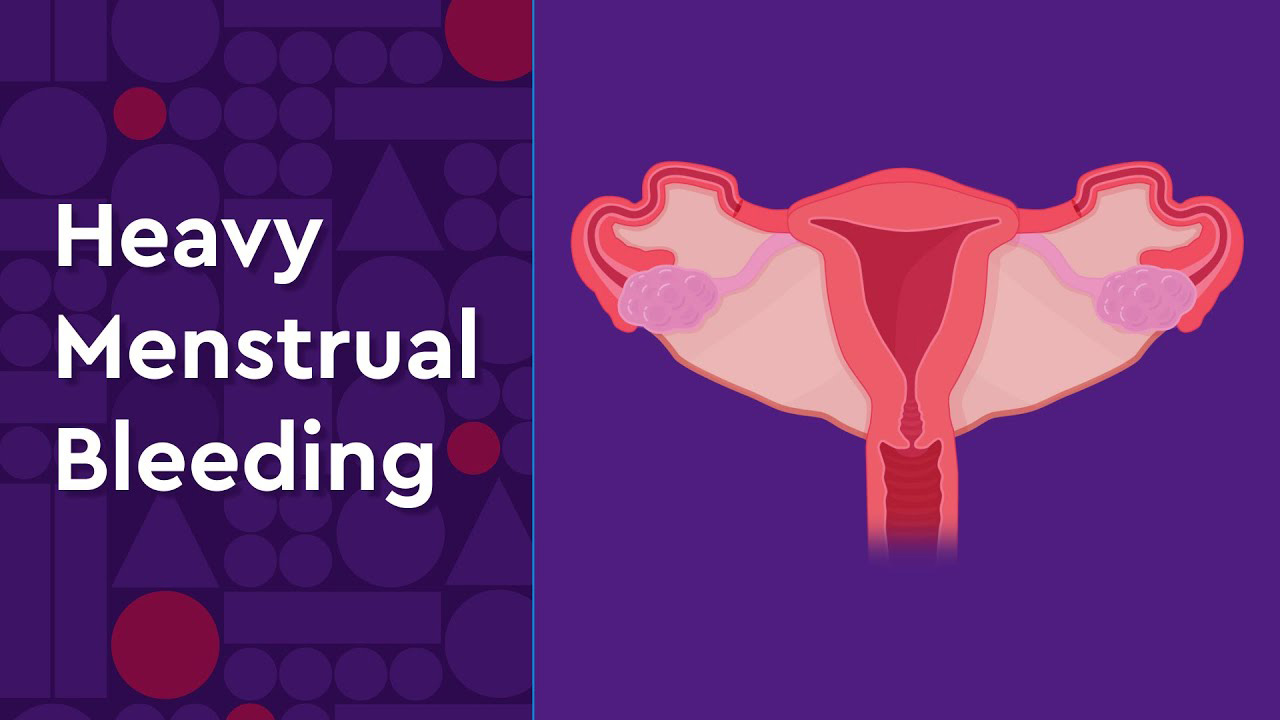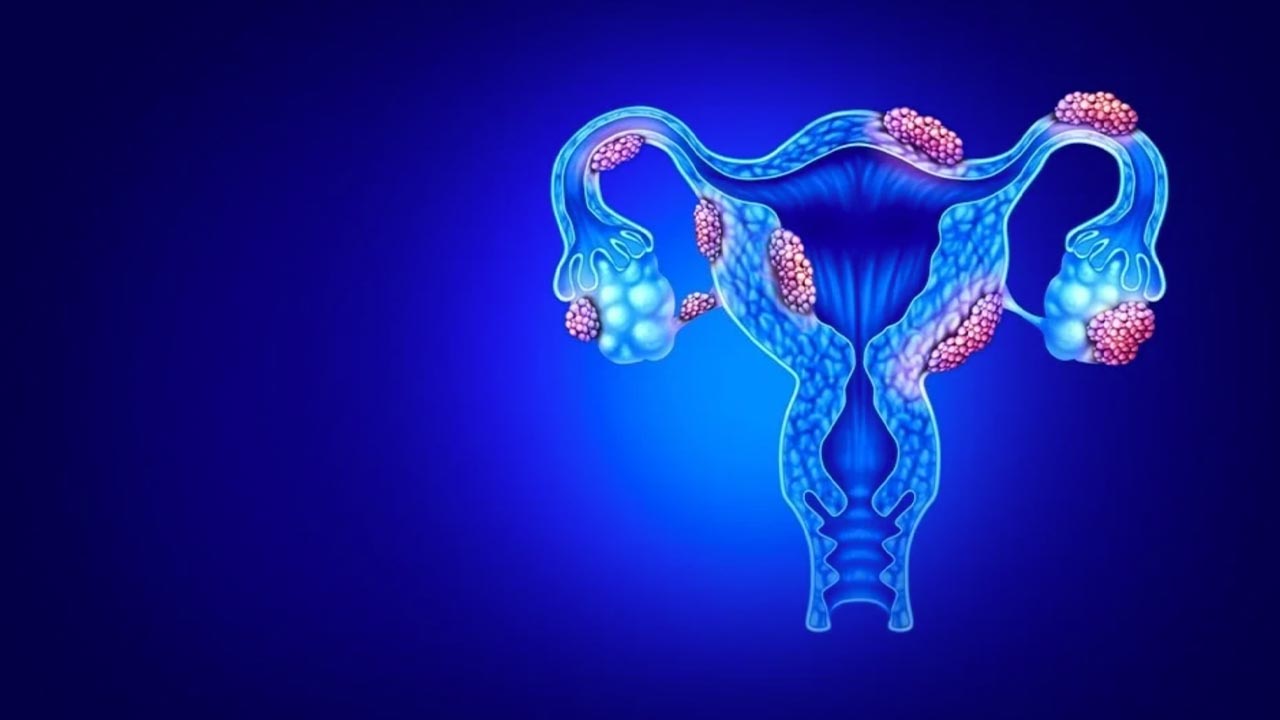Fibroids and endometriosis are two common gynecological conditions that affect women, usually leading to pelvic pain, bleeding disorders, and infertility. While their symptoms, causes, and treatment approaches might seem similar, they have distinct diseases with different underlying mechanisms and characteristics.
Fibroids
The uterine fibroids, or leiomyomas, are benign growths in the uterine strength wall. They could vary in size, amount, and place within the uterus. Fibroids are the most prevalent benign tumors in women of reproductive age, and they range from tiny, pea-sized nodules to enormous, bulky masses.
Causes of Fibroids
While the specific cause of fibroids is unidentified, aberrant muscle cell proliferation in the uterine wall is thought to be the initial stage of development. Fibroids grow by hormones such as estrogen and progesterone. Which is the reason they frequently enlarge during pregnancy and shrink after menopause.
Symptoms of Fibroids
However, many fibroids-afflicted women might not display any symptoms at all. However, when they do; they may have heavy menstrual bleeding, pelvic discomfort, or tightness. Moreover, it may also cause hurdles to becoming pregnant or multiple miscarriages. Lower backaches, awkwardness during sexual behavior, and frequent urination are some of the additional symptoms.

Diagnosis and Treatment
Fibroids frequently get identified through a pelvic examination, ultrasound, or other imaging examination. Therapies differ depending on the symptoms’ size, location, and severity. They may involve regular monitoring, in addition to medication (such as steroid therapy) or surgical methods (such as myomectomy or hysterectomy) to remove fibroids.
Endometriosis
Endometriosis is an ongoing illness in which tissue comparable to the inside of the uterine cavity (endometrium) grows outside the uterus, commonly on the ovaries, fallopian tubes, and pelvic peritoneum. This tissue operates identically to typical endometrial tissue, thickening, breaking down, and bleeding with each menstrual cycle. However, it can cause irritation, inflammation, and scar tissue formation (adhesions) because it cannot leave the body like menstrual blood.
Causes of Endometriosis
Since the exact cause of endometriosis is unidentified, several explanations are proposed. These include immune system deviations, family history, and retrograde menstruation (the backward flow of menstrual blood into the pelvic cavity), among other motives.
Symptoms of Endometriosis
Symptoms of endometriosis vary widely from person to person and may include: Extended back or pelvic annoyance, painful periods (dysmenorrhea), pain during or following sexual activity, heavy menstrual flow, fatigue, and struggling to have children.
Diagnosis and Treatment
Endometriosis can be complex to diagnose concisely, and confirmation is frequently required by laparoscopic surgery. To treat endometriosis lesions, surgeries such as hysterectomy or laparoscopic excision are used. Moreover, hormonal therapy (such as birth control pills or gonadotropin-releasing hormone agonists), and pain medication are also used as a treatment option.
Difference Between Fibroids and Endometriosis
While endometriosis involves the growth of tissue that mimics epithelium outside the uterus, fibroids are growths within the uterus’s muscular wall. Endometriosis is the abnormal development of endometrial-like tissue, while fibroids are benign tumors made of skeletal muscle.
While bleeding that is uneven and pelvic pain are typical indications of both endometriosis and fibroids, the specific symptoms and severity for each ailment may vary. As a result, fibroids and endometriosis may share some symptoms and treatment approaches. Both diseases are independent illnesses with different underlying origins and characteristics. Correct diagnoses and individualized therapies are needed to manage these medical conditions well and enhance the lives of those afflicted.




